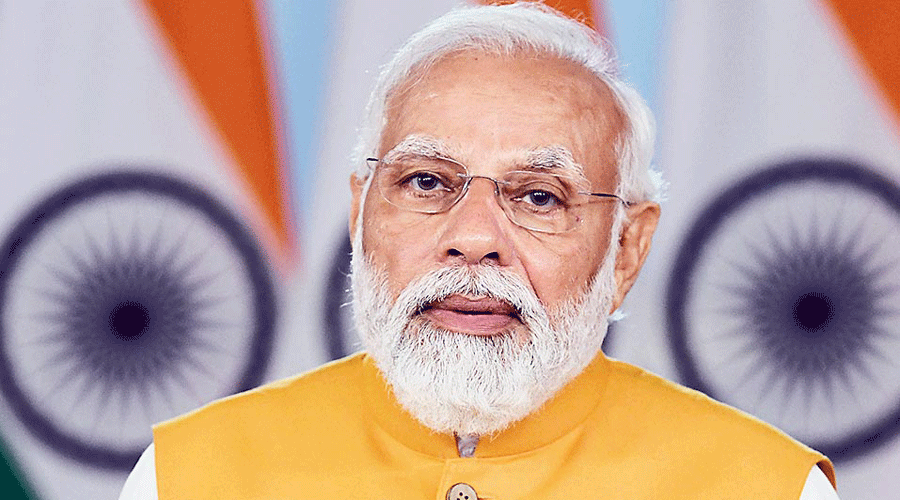It’s a recurrent theme in Narendra Modi’s sales deck to global investors: India, he has told them in Gujarat, Davos and elsewhere, offers international firms the rare combination of democracy, demography and demand. Or ‘3Ds’, as he puts it. Eight years into office, that script lies in tatters as poorly thought-out policies and deep-seated bigotry expose how each of the three potential advantages Modi has memorised today hang like millstones around India’s neck.
As India burns amid violent protests over the Modi government’s Agnipath scheme, a controversial initiative to save on military pensions by recruiting young soldiers for four-year stints, the world is watching a country’s promise go up in flames. The street riots over the programme crystallise India’s single biggest economic and social challenge at the moment: joblessness. For two decades, successive governments — the Congress-led United Progressive Alliance and, now, the Bharatiya Janata Party — have peddled India’s youthful population as a demographic dividend that can help the country leapfrog into the ranks of economic powers. But while a majority of Indians are younger than 35, the desperation for secure jobs in the government and military underscores their fears of unemployment. They can hardly be blamed: the unemployment rate is rising towards 8%. That’s after tens of millions of Indians have left the formal job market in recent years, reducing the base on which unemployment is calculated in the country. Sam Pitroda, the architect of India’s telecom revolution and a man entrusted with upskilling India during the first UPA government, had once cautioned, in an interview with this writer, that the country’s demographic dividend could turn into a time bomb if governments weren’t careful.
What about democracy? As with demography, India’s status as the world’s largest democracy can no longer hide the fact that governments often believe that they are above the law. Days before young men and women turned to arson to protest against Agnipath, a different set of protests — also violent — had shaken India up, after BJP spokespersons mouthed vulgarities about Prophet Mohammad. In Uttar Pradesh, the police responded by demolishing the homes of some of the individuals accused of leading protests — punishing opponents of the government without bothering to go to a court of law to file charges and seek a conviction. This was the latest instance of law-enforcement officials using bulldozers instead of the penal code to strike terror in the hearts of critics, especially if they are Muslim. Meanwhile, fresh revelations suggest that the Pune police digitally planted evidence against human rights activists accused of plotting to overthrow the State. The message from all of this — that the law is irrelevant if the government wants to come after someone — strikes at the very roots of what it means to be a democracy.
Finally, demand. Wholesale price inflation in May stood at nearly 16%. Traditionally, high inflation is often a fallout of a surge in demand. That’s not the case with India where high input costs are driving up manufacturing and distribution costs. The war in Ukraine has pushed up prices of fuel and edible oil, affecting kitchens and cars alike. Poor yields of cotton are making clothes much more expensive. And lockdowns in China have hurt the supply of key products and raw materials that Indian industry depends on. Micro, small and medium enterprises, which are responsible for more than 90% of India’s manufacturing units, are still recovering from the blows of the pandemic. High unemployment and high inflation do not work as a recipe for high demand. Perhaps that’s why foreign direct investment into India fell sharply in 2021 compared to 2020.
India has never had a government that’s better at image management. But these events have demonstrated the depth of the rot under the current administration. India is today a beacon flashing bright red, warning of danger — a fourth ‘D’ that speaks for itself.










